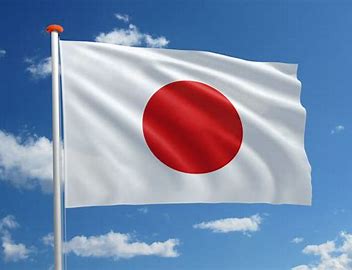
Treatment of R&D Tax Incentives under the Pillar 2 GloBE Rules
Tax incentives for R&D are a common way for a jurisdiction to attract foreign direct investment (FDI).
In this article we look at the financial accounting, domestic tax and Pillar Two treatment of some of the key incentives offered including a deduction, capitalized treatment, a super deduction, tax credits and patent boxes or other similar arrangements.













